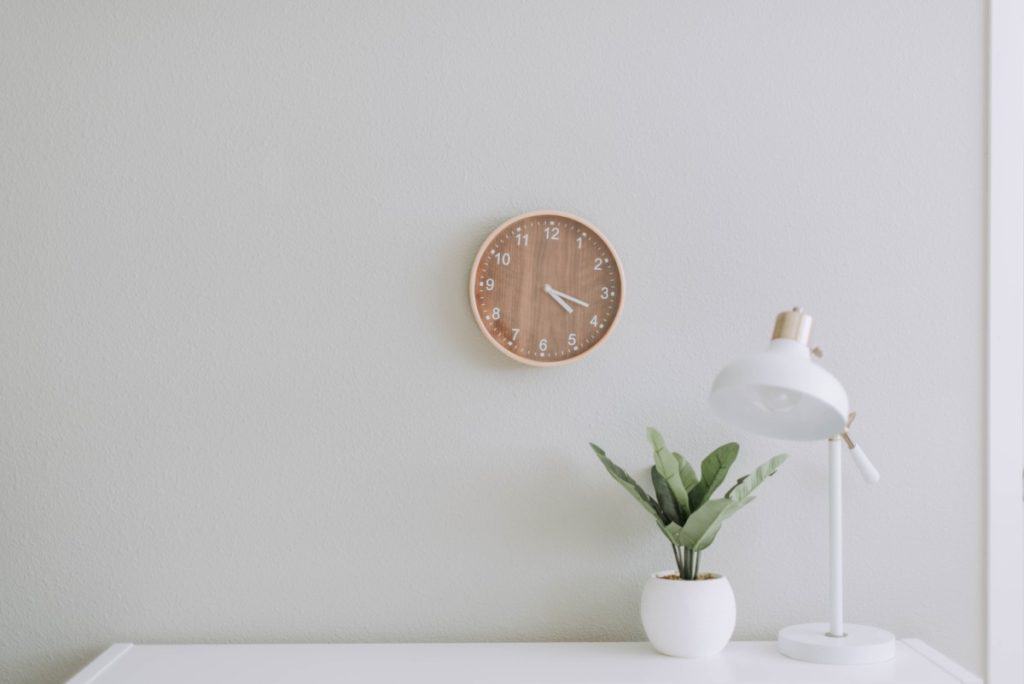
Minimalism is a lifestyle that takes time to work out and find the desired balance. The 30-day minimalism is about finding the balance to make the transitioning easy for you mentally and physically. The minimalism challenge makes switching to the lane of essentialism and simplicity less overwhelming for someone who lived their life collecting items and possession.
What is the minimalism challenge? The minimalism challenge is an enjoyable and fun way to start your minimalism journey. The minimalism challenge is about decluttering your home and get rid of unnecessary stuff that you do not use. Instead of trying to declutter many things at once, the challenge is structured into days to let you avoid the panic rush associated with changing your lifestyle, but as a fun experiment. Hence, as with all challenges, it allows you to learn while at it. Ultimately, you will discover the changes you are comfortable with, and it will be at your own pace. The 30-day minimalism challenge is designed to let you have more control over your life and changes without depending on norms and principles. This, for all good reasons, is perhaps the best way to start minimalism.
Minimalism is about living your life with less. A life devoid of consumerism. By clearing mental and physical clutter around your life, you can check the way you live, your spending habits, and bring your intentions into manifestation.
You don’t need to do everything or get rid of everything to become a minimalist at once. By creating checklists and action steps, you can slowly creep your way up to your new lifestyle. And the best part? Decluttering the items is your own decisions, and there are no rules to minimalism. Let’s get started.
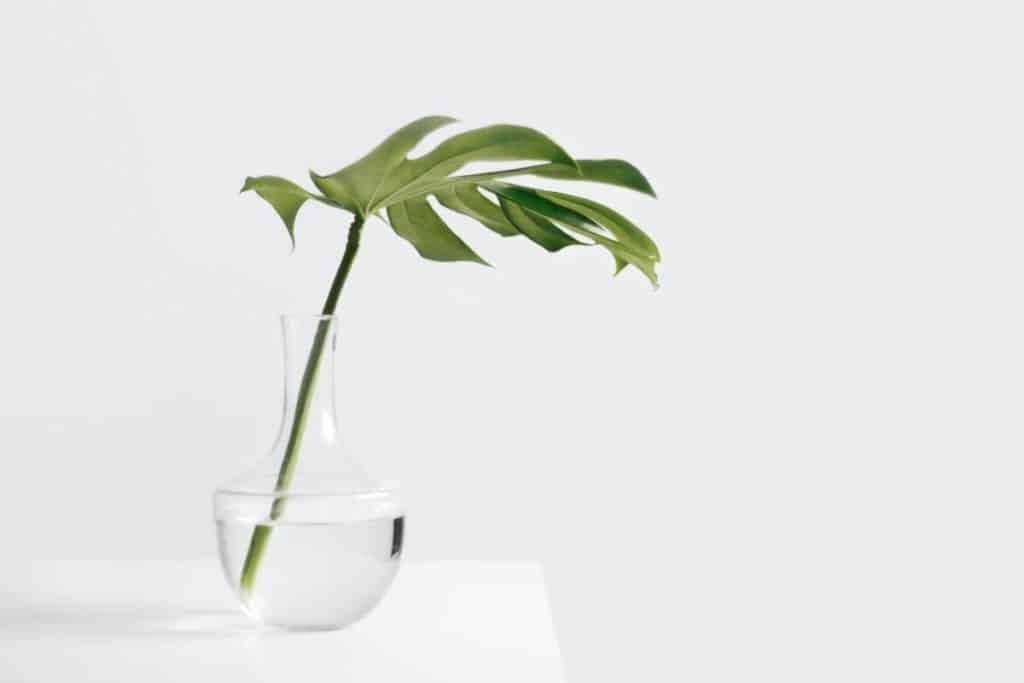
Preparation before the challenge start
Embrace the psychology and decision
This is a fundamental process and is perhaps the most intricate step to take before starting the challenge.
Minimalism is about only owning what you feel is needed for a happy, secure and functional life. Whatever brings joy in your life, or serve a specific purpose, you can keep. Anything else that you don’t know why you have, have multiple items of, or do not spark any joy to you, you can pass on to donations or even sell.
Change is difficult to achieve and has procrastination as it’s bane. It is essential not only to make the intelligent decision to adapt, but the emotional description as well. If you are on board both mentally and emotionally, when you feel the resistance of decluttering many years of collected stuff, you can take solace in the pleasure that you will enjoy the change eventually.
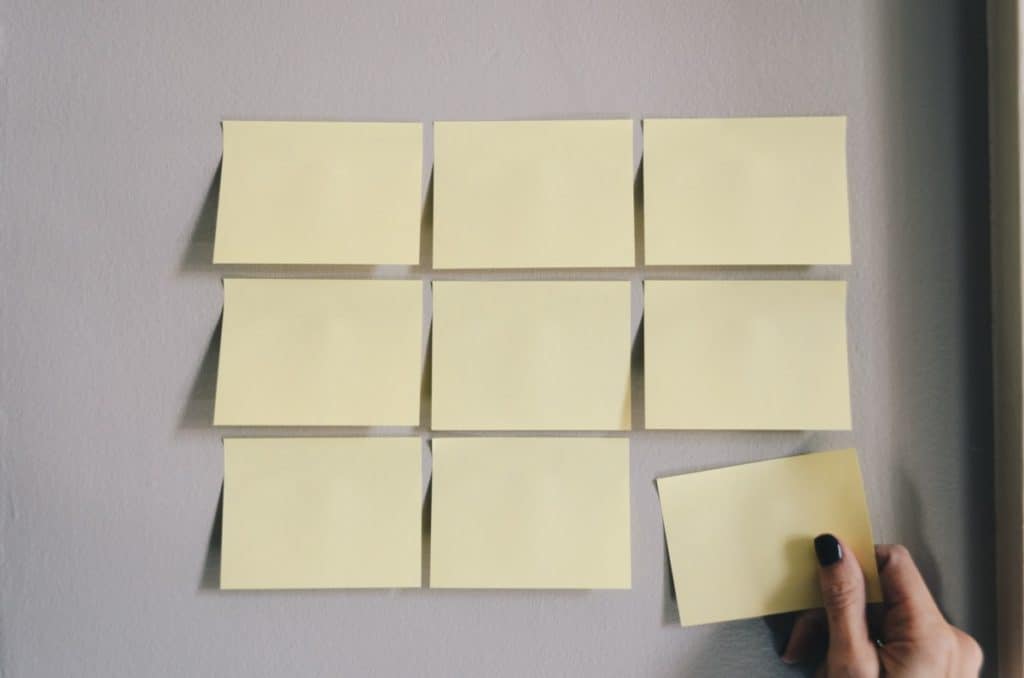
Trash-, donation-, sales- and maybe-pile
As you advance with the challenge, you will discover items that you haven’t used for some time. Some of the items are an indication that you might not need them in the coming days. So what do you do? Simple, move it into a pile.
To make this process more effective, separate all the decluttered items into four categories: trash, donation, sales and maybe. During this process, you might come across things that you still feel you need. Ask yourself if it brings value to you or whether it is replaceable. If it adds no value, introduce it to any of the piles in the category you have created. If you are unsure, put it in the maybe-pile and deal with that pile in the end. Everything else that you want to keep, simply put it back to its place.
After separating the unused items into categories, get large bags, and sort all items of no value, make sure it gets recycled to where it needs to be. Take it out and dump them in the suitable dumpster.
Remember the saying that a man’s trash could be another man’s treasure? Well, this is the best time to put the saying to use. Like you did with the trash, separate items that don’t add value to your life but could be useful to someone else. Look up a charity organization and give them out. The donations might help someone in need of it.
You can also make money from your stuff. Turn over the excess items that are still valuable to a buy-back store, sell it on Facebook or Craigs-list. You will be surprised at how much they might be worth.
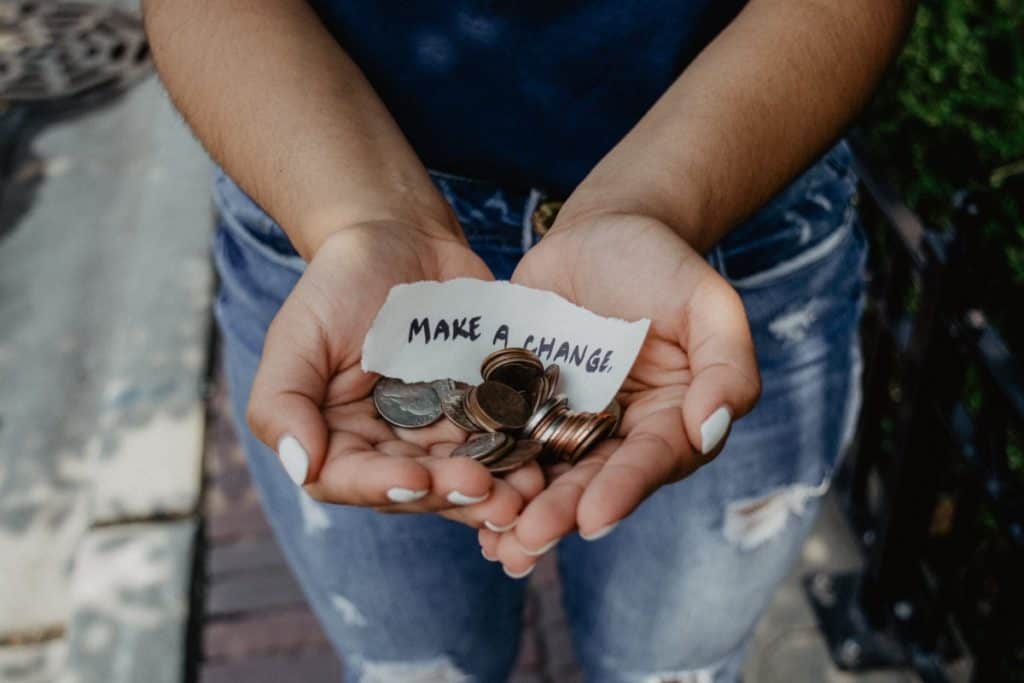
30 Day minimalist Challenge for Beginners
Day One to Five: Declutter your living room
Depending on the size. The living room can be one of the most easy places to start with, as it often contains less stuff than your kitchen and bathroom. However, it can still be quite a challenge.
Go through every part of your living room. Look at everything in your space and pick up only one item at a time. Then ask yourself if the item brings you joy. Does it serve a specific purpose, if so, can it be replaced for a smaller and more functional item? Another helpful question to ask when it comes to ornaments could be: If I had seen this item in the store today, would I buy it again?
By asking yourself these questions you’re able to really look inside your feelings and determine whether you actually need or want an item or not. If the item only serves a purpose of “filling out the space” try and replace it with something else that you really enjoy or that brings life into your place, such as a plant.
Things to declutter and organise might be:
- Furnitures
- Cushions and plankets
- Exercise equipment
- Ornaments
- Dead plants
- Books and magazines
- Messy draws
- DVDs and old tapes
- Electronic equipment
- Lights and candles
- Go through your subscriptions on your TV, do you need them all?
- TV equipment
- Loose wires
- Pictures on the wall
- Any loose items that does not have a place
- Paperwork
Do a mini makeover
After you’ve decluttered the living room, you can consider doing a mini makeover. Move your furniture around and mix things up. It can be quite refreshing to start new.
Oversized furniture, tables, sofas, and chairs take space, especially for a minimalistic home. Instead, you should consider small furniture that has more than one use. Therefore, move out some of the furniture, and swap them with smaller ones with draws to get things out of the way. However, do no fill them with more stuff.
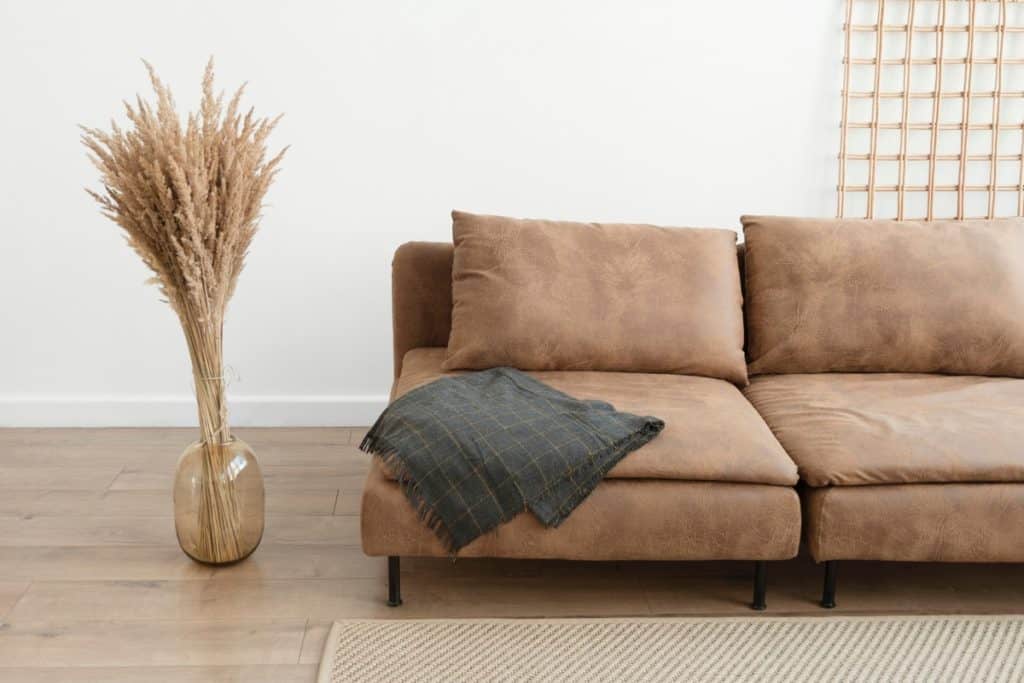
Day Six to Ten: Declutter your kitchen
The kitchen can be quite daunting to start on. However, once you get going, it will be over quickly.
One of the hardest things people have to declutter in the kitchen is different serving sets and kitchenware such as several cups, bowls, plates, glasses and utensils for larger gatherings. People often hold on to several sets of these things “in case of” different occasions. The reality is, that you probably only need these things maybe once a year. The same goes with other kitchenware such as pots, baking dishes, cooking utensils, etc.
A minimalists’ suggestion to this would be to simply get rid of the sets you don’t use the majority of the time, and simply borrow the things you need from family members or neighbours whenever you are having a larger gathering.
Again, the same questions need to be asked; Do they bring a specific purpose? Can they be replaced for something else or another idea? Do they make me happy?
Things to declutter and organise might be:
- Kitchenware
- Cups and glasses
- Plates and bowls
- Cooking and baking dishes
- Utensils
- Kitchen electronics
- Cleaning products
- Kitchen ornaments
- Cloths, brushes and towels
- Pots and pans
- Coffee- and tea-sets
- Wine glasses and other similar glasses
- All kitchen cabinets and draws
Find a place for everything
To give the room a cleaner appearance, you can make hooks and cabinets to hang and store your kitchen equipment. Everything needs its own place. This will make the kitchen look cleaner, and will give you more space for cooking. Organise it how you’d like. This process should be fun and exciting! Make a system that you think you can maintain, so that your kitchen always will stay inviting and clean.
Pantry, fridge and freezer
Another super important thing to declutter and sort out is the places you store your food. Make sure you go through your pantry, fridge and freezer thoroughly so you can make up your mind as to what you actually have. Make a list of the things that are about to expire, or the leftovers you need to eat. This way you can reduce the food waste from your home, save money and save the planet, all in one go!
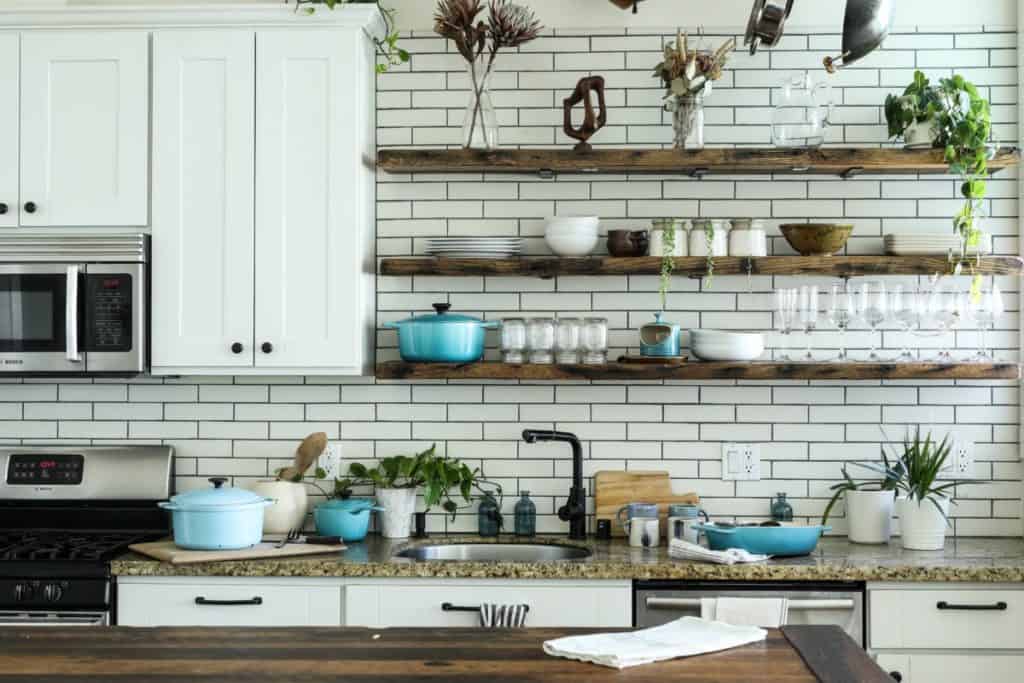
Day Eleven to Fifteen: Declutter your bathroom
The bathroom has a lot of those small things, remnants of shampoos and soaps, etc. These things takes up space in our bathroom as well as in our head when we visit it. It’s just annoying and it looks messy.
Some things that might be hard to declutter are products such as beauty and makeup products. We always tell ourselves that we want to get better at doing our makeup, or we constantly buy new beauty products to try, only to go back to the old ones. Therefore, by decluttering these items, you make a promise to yourself to stay true to your routine and that you’ll start using the things you already have instead of buying something new. However, if you don’t have a specific skincare, hair or body routine that you’re happy with, sit down and take some time to figure out a routine that you’d be happy with. It’s all about taking care of yourself and what the body need, so make it count.
Down below is a list of things you can consider to declutter and organise:
- Bathroom draws and cabinets
- Towels and cloths
- Beauty products
- Makeup products
- Hair products
- Hair items such as hair ties, clips, bobby pins, brushes, scrunchies and hairbands
- Shampoos, conditioners and soaps
- Body wash, scrubs and masks
- Women’s sanitary pads, tampons, cotton pads and q-tips
- First Aid equipment
- Cleaning products
- Toothbrushes and tooth products
- Shower scrubs and shaming equipment
- Bathroom ornaments and candles
- Toiletpaper and trash bin
Storage
Since there are many small items in the bathroom, you can consider getting some small storage boxes or baskets to store the things in. Things like bobby pins, and other hair supplies might be hard to store without them getting everywhere, so make sure they have a place to be.
Arrange your beauty products and makeup in your draw or cabinet so that it reflect your frequent daily use. Additionally, reduce the number of towels in the closet so that you can make space for other small essentials. Besides, how many towels do you really need? You do laundry weekly and use the same towels over and over anyways? I’m guilty of that…
While you’re at it, this is a perfect time to get all your laundry done as well!

Day Sixteen to Twenty: Declutter your closet
This is probably the most fun part of the whole challenge; THE CLOSET!
Have you heard about the 30 days rule? The rule states that if you haven’t used a piece of clothing, shoes and accessories in 30 days, you need to consider whether it’s worth keeping or not. Ask the same questions that we’ve used above. Does this piece of item make me happy? If I’d seen this piece of clothing in the store today, would I buy it?
Try and see if you can make a capsule wardrobe. A capsule wardrobe is based on a few basic important clothing that will never go out of style. Keep only your most favourite pieces of clothing, shoes, accessories and outerwear, and make sure your can pair them up with one another. This way, you’re able to mix and match however you’d like, and no one can’t ever tell if you’re wearing the same over and over every month.
Furthermore, make sure you take some time to store your clothing properly with nice folding and hanging. Take care of your clothes, and only buy new or second-hand clothing if something is missing from your basic wardrobe and if it contains great sustainable long-lasting fabrics.
Pro Tip:
Let go of the clothes that doesn’t fit you anymore. I know this can be quite hurtful. However, to heal your relationship with yourself and your body, and to move on, you need to let them go. If you haven’t lost the weight yet, there are a change that you won’t do it in the near future either. Make sure you make peace with your body. Let go of the old clothes and start fresh by saying sorry to your body. Start feeling deserving of health and happiness, and they will follow.

Day Twenty-One to Twenty-three: Decluttering your bedroom
Typically all bedrooms get cluttered and piled up with clothes, mess and just too much stuff. Declutter, clean and keep your bedroom tidy at all times to make it even more relaxing to enter after a long day of stress and work. You will not regret it!
Make sure every item in your bedroom has it’s place. There’s no need for five different pillows, pictures on the wall etc. The bedroom needs to be as inviting, clean and relaxing as possible. Therefore, make it minimalistic, and keep it simple.
Bedroom for self-care
The bedroom is probably the most perfect place for some perfectly relaxing self-care routines. Now that you’re about to embrace the art of minimalism, you might as well embrace the importance of self-care as well. Self-care is important for our wellbeing, whether it is nourishing meals, workouts or beauty routines. However, the easiest place to start is in the bedroom. Simply make a daily habit of taking 10 minutes for yourself, in the bed, sit comfortably and just close your eyes. Relax and let the stress from your day simply vanish away. Focus on your sensations, one at a time. What do you feel? What do you smell? How is your breathing like? Simply sit like this for 10 minutes each day, and you’ve learned the art of meditation.
Day Twenty-Four to Twenty-Five: Declutter your office space
Office spaces are often messy. Make sure you organise and declutter your paperwork, pens, wires, chargers, journals, books and other office supplies you use. There’s no need for 46 pens, and 16 different journals. Make it simple, and in turn, simplify your life with better productivity and focus.
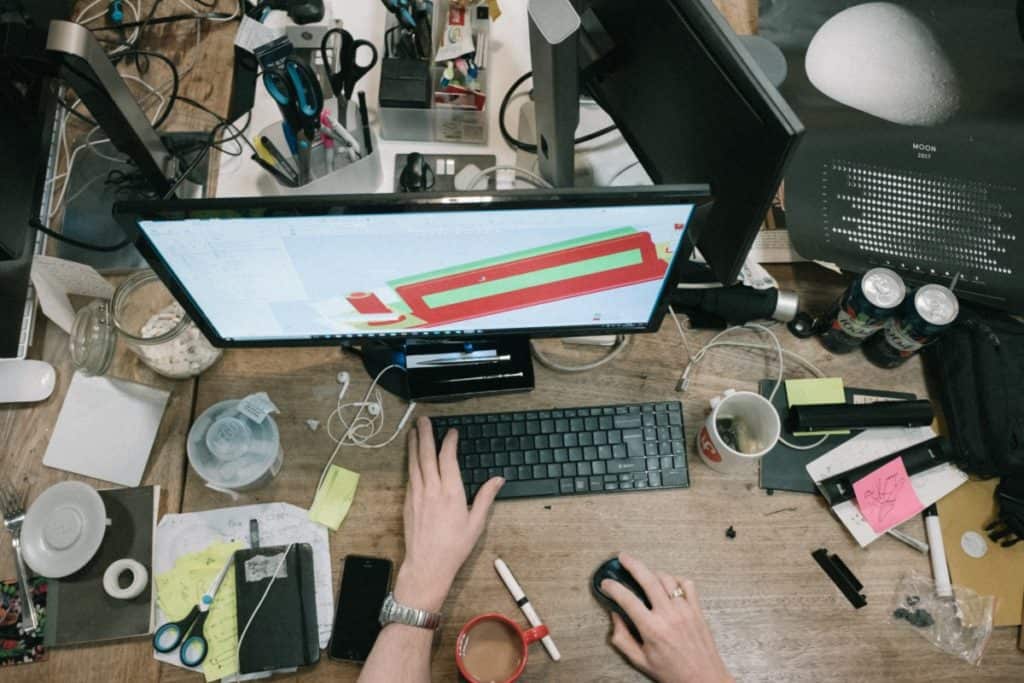
Day Twenty-Six to Twenty-Seven: Clear your digital space
You will be surprised at how much junk you have on your phone and computer. Just like you did with your home, delete apps that you have not used in a while. It will also help if you delete unwanted photos and sort your files into categories and folders. The same goes for your emails and unused documents. This will take some time, especially after all the mess your digital world has accumulated over the years. Take some time to do this, I promise you it will feel much lighter on your shoulders afterwards.
Day Twenty-Eight to Thirty: Check your inner and outer environment
Use one whole day to discuss with yourself what your dreams and goals are for your life. Additionally, go through your relationships. Make sure they are nourishing and bring happy feelings for you. If your current job situation, family life or other relations in your environment brings bad feelings, stress or negativity into your life, you should consider doing something about this as well. This emotional mess is not worth your unhappiness.
Another thing to consider is to go for a walk around the area where you live. Bring some of your neighbours and use one day to pick up trash and clean the area where you live. It’s way nicer to drive home from work when you know you’ll headed home to a beautiful and clean environment. Also, Mother Earth will thank you.
Bonus: Additional seasonal decluttering
Some things are kept for different seasonal occasions. This can be things such as Christmas ornaments and such, seasonal outerwear clothing, winter gear such as skis, etc., and so much more. When the season is arriving, simply declutter and organise those categories as the seasons go by.
